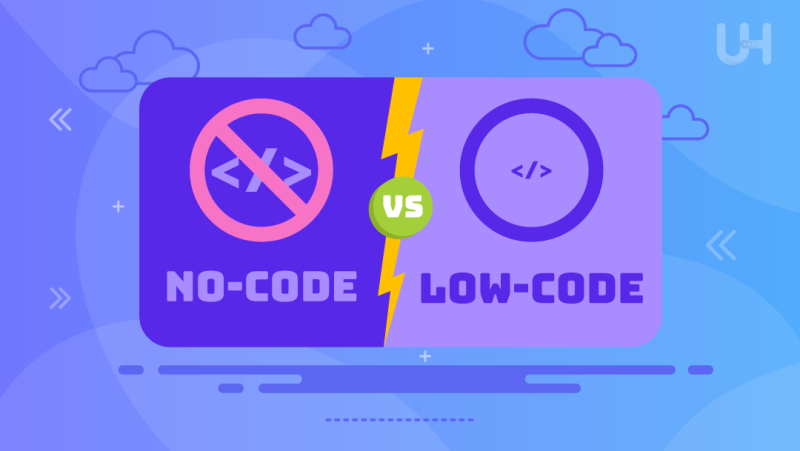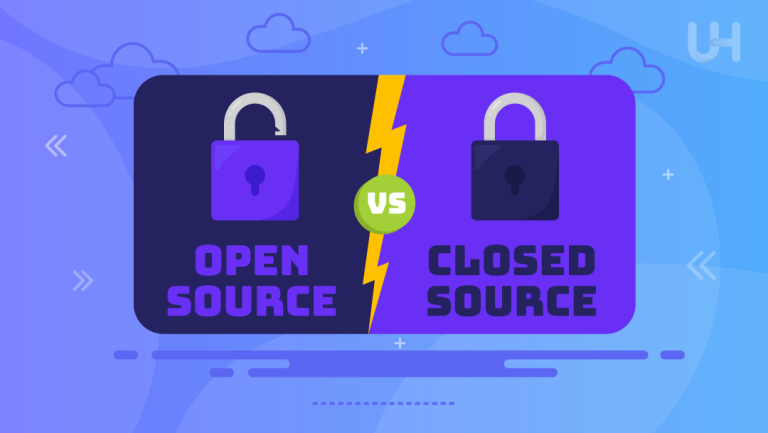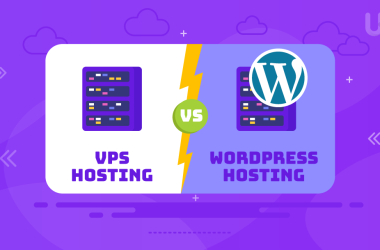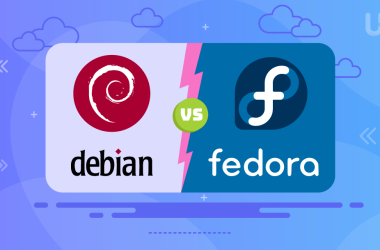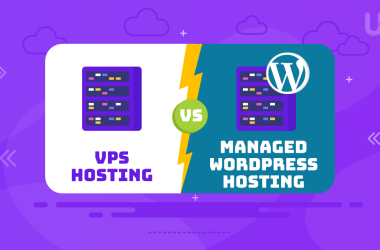The demand for software solutions has increased astronomically in the last few years, with businesses seeking innovative ways to accelerate their digital transformation efforts. Conventionally, software development demands highly skilled developers to work over complex coding languages. However, the availability of No-Code vs Low-Code options brought a sea change in how applications are developed by offering faster and more competent alternatives to custom development.
In this article, we will examine the main differences between No-Code vs Low-Code platforms, the benefits and challenges associated with these options, and, ultimately, which approach best fits which projects.
What is No-Code Development?
No-code development refers to the process of building software applications visually without any coding. It supplements non-technical users’ ability to build functional apps through intuitive visual tools like drag-and-drop solutions and readymade templates. It’s intended for non-technical teams and business users who urgently need to develop solutions for internal processes, basic no-code automation, or customer-facing applications without the intervention of developers.
While No-Code significantly accelerates development, it comes at a cost: weak customization and scalability. Many of these platforms just can’t handle complex integrations or fine-tuning of features beyond the ones their form and structure template allows. No-code solutions are, therefore, best for simpler applications where speed and ease of use are important as compared to deep customization.
Hostinger Horizons, for example, is one of the newest no-code web app development tools on the market. Integrated with AI, it already offers multiple feature integrations, demonstrating how no-code tools are evolving rapidly and will unlock even more possibilities in the near future.
Challenges
While No-Code is very convenient, it also brings along a few challenges for a business to consider:
- Architecture: In No-Code platforms, the intrinsic architecture may not be easily accessible to the user. This typically results in scalability, performance, and customization concerns for growing projects.
- Extensibility: No-code platforms are usually not very extensible. Users cannot add features or integrate third-party services without headaches, which may limit the possibility of building very complex applications.
- Governance: The major challenges of No-Code platforms are application security, compliance, and governance in terms of management and maintenance, especially with sensitive data or in regulated businesses.
What is Low-Code Development?
Low-code development strikes an even better balance in application building by integrating visual design tools with at least some coding capabilities. It is easier to develop applications compared to traditional coding but still allows professional developers to code anything custom if needed. Simplicity and control meet at a middle point. Here, developers are able to make more sophisticated applications to meet certain business needs.
Low-code development tools are indeed versatile. They can be used by non-developers and developers alike to develop everything from customer portals, personalizing their portolio to enterprise-grade systems. Much quicker and less expensive than full-scale development, they still manage to provide flexibility in integrating custom features and connecting to external services for more complex projects.
Use Cases
Special applications of the Low-Code platform are:
- Innovative Use Cases with Next-Generation Technologies: Low-code platforms are increasingly being used to build applications that require the integration of technologies like AI, IoT, and blockchain or traditional, which require deeper degrees of customization.
- Customer Experience Applications: They are also developed and deployed quickly using Low-Code platforms, specifically those with self-service portals and mobile applications.
- Productivity and Operational Efficiency Apps: These are ideal for creating internal tools and workflow automation systems that streamline operations and boost productivity.
- Legacy Systems: Low code is for several legacy systems to keep them updated and productive in the present digital world.
Low Code vs No Code: Differences
The primary difference between No-Code vs Low-Code platforms is integral in deciding which platform to implement. While they both were designed to make development easier and quicker, the purpose of usage is sought for and targets different audiences.
| Feature | No-Code | Low-Code |
| Target Users | Non-developers, business users | Developers and non-developers |
| Customization | Limited customization, pre-built modules | High customization with some coding |
| Complexity of Applications | Simple to moderately complex applications | Suitable for more complex applications |
| Speed of Development | Very fast, little to no coding required | Fast but may require some coding |
| Scalability | Limited scalability for larger projects | Better scalability and extensibility |
| Control over Code | No control over code or underlying architecture | Some control, with options for custom code |
| Integration Capabilities | Basic integrations | Advanced integrations and custom APIs |
Both platforms boast unique advantages, but understanding such differences will help the business decide on the best approach for its project.
Empower Your App Development Today!
Are you ready to take your No-Code or Low-Code applications live? Whether you’re building a simple app or a complex solution, reliable web hosting is essential to ensure your project runs smoothly and securely.
No Code/Low Code: Benefits
This choice between No-Code and Low-Code will depend on a range of factors, including project requirements, resource availability, and business objectives. The platforms’ major business advantages power business innovation and operational effectiveness.
Increased Productivity and Efficiency
No-code and Low-Code both significantly aim to reduce development and deployment time through workflow automation, elimination of manual coding, and fast prototyping. No-code workflow automation enables teams to streamline repetitive tasks without writing code, boosting operational speed and reducing human error. When combined with fast WP hosting, you can enhance the speed and performance of WordPress-based apps or websites, ensuring that your projects are not only built quickly but also run smoothly for end-users.
Cost Savings
No-code and Low-Code solutions decrease the need for big development teams and expensive coding projects. Empowering non-technical staff to build applications themselves lets businesses save on development costs instead of outsourcing them.
Empowering Citizen Developers
No-Code, in particular, relies on enabling so-called “citizen developers”-active business users who have never participated in learning coding or have minimal experience therein—to actively participate in the creation of applications. This democratization of development allows for quicker decision-making and the expansion of innovation across departments.
Flexibility and Agility
On the other hand, low-code platforms are flexible regarding customization or integration. They allow their developers to add code whenever they see the need for it, making applications more adaptable to specific business needs and those of the future.
Low Code/No Code: Right Approach for Your Project
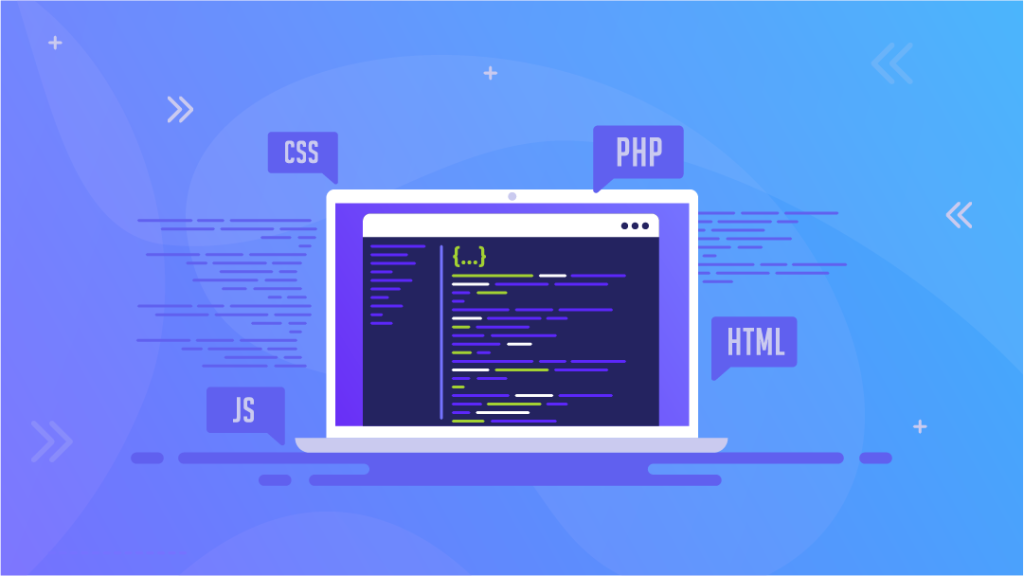
No-code and Low-Code depend on many variables: the project at hand, development bandwidth, and the need to scale in the future. Here are key considerations that will help you make the right choice.
The Complexity of the Project
No-code platforms are great but suffice for simpler projects where complex integrations or features are not necessary. Low-code best fits more event-driven applications that demand advanced functionality or integration with next-generation technologies. With low-code technology, your teams can build AI chatbots, automate customer feedback analysis, develop custom CRMs, and integrate machine learning – all while minimizing hand-coding.
Development Skills and Resources
No-Code will be a godsend for teams that have no professional development skills. It enables non-developers to create functional applications in the shortest time. Using tools like a no code web app builder, non-developers can create functional applications in the shortest time without needing extensive technical expertise. If your business has some technical experience, Low-Code allows you to build more robust applications while reducing the coding effort.
Time Constraints
Both No-Code and Low-Code beat traditional development speed-wise. No-code is much faster, although Low-Code also offers significant time savings, particularly in larger projects.
Scalability and Future Needs
In general, Low-Code platforms are more scalable and extensible than No-Code platforms. If you envision your application becoming complex or needing integration with other systems sometime in the near future, Low-Code platforms might be able to accommodate those needs. When building mobile applications, using an Android VPS can offer the flexibility, performance, and resources needed to test, deploy, and scale Android apps efficiently.
Conclusion
No-code vs Low-code application selection is about choosing one that best fits your application development needs. While No-Code is ideal for users with no technical knowledge of developing applications, Low-Code allows for flexibility and control during the development of complex applications. Based on your project requirements, the level of resources, time factors, and scaling, study the considerations above and make informed decisions to choose the right platform for your business needs.
The right infrastructure ensures your No-Code or Low-Code applications run smoothly and efficiently. UltaHost’s high-performing VPS offers the speed, reliability, and scalability your projects need to thrive in today’s competitive digital landscape.
FAQ
What is the difference between No-Code vs Low-Code platforms?
No-code platforms require no coding, allowing non-developers to build apps using visual tools, while Low-Code platforms involve minimal coding and offer more customization options.
Who should use No-Code platforms?
No-code platforms are ideal for business users or teams without coding experience who need to build simple applications quickly.
When should I consider using Low-Code over No-Code?
Low-Code is better suited for complex applications that require customization, scalability, or integration with other systems.
Can No-Code platforms handle large-scale projects?
No-code platforms are generally better for small—to medium-sized projects. However, larger or more complex projects may outgrow their capabilities.
Do Low-Code platforms require coding knowledge?
Low-code platforms require minimal coding knowledge, allowing developers to write custom code for advanced functionality.
How do No-Code and Low-Code platforms save time?
Both platforms streamline the development process with visual tools and pre-built templates, reducing the time needed to build and deploy apps.
Are No-Code and Low-Code platforms secure?
Security depends on the platform and the project. No-Code may have limited governance controls, while Low-Code typically offers better security options for more complex projects.





